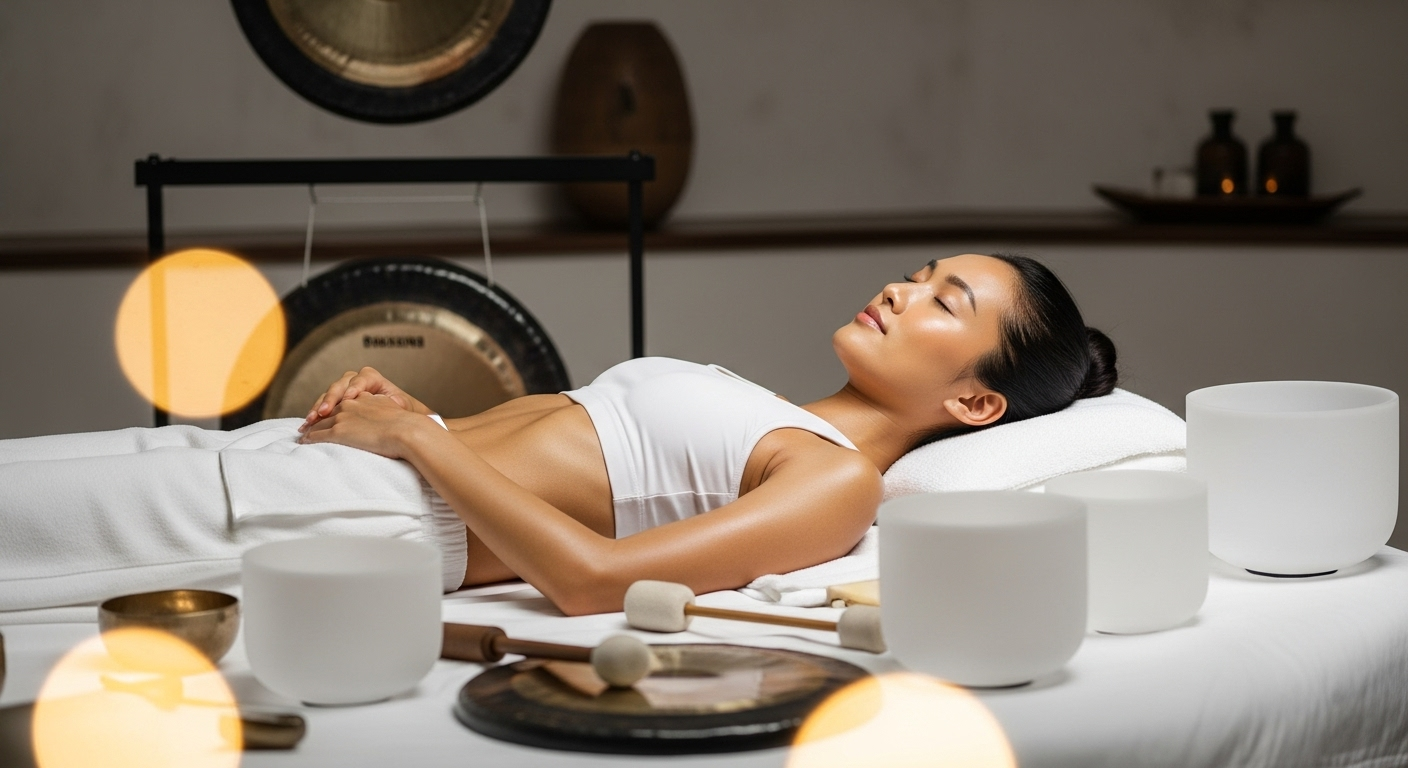A Gentle Guide to Asian Massage: Timeless Techniques for Relaxation and Inner Balance
Rooted in time-honored healing traditions, Asian massage offers a mindful path to relaxation and balance through techniques like Thai, Shiatsu, and Ayurvedic therapies. This guide explores how these practices support both the body and mind, helping encourage natural healing and emotional wellness for those seeking a more centered sense of well-being.

What are the origins of Asian massage techniques?
Asian massage techniques have roots dating back thousands of years, originating from various cultures across the continent. Traditional Chinese Medicine (TCM) and Ayurveda from India have significantly influenced these practices. These healing systems view the body as an interconnected whole, where physical, mental, and spiritual well-being are intrinsically linked. Over time, different regions developed their unique massage styles, each reflecting local customs and healing philosophies.
How do Asian massage therapies differ from Western approaches?
Unlike Western massage techniques that primarily focus on muscle manipulation, Asian massage therapies take a more holistic approach. They aim to balance the body’s energy flow, known as “qi” in Chinese medicine or “prana” in Ayurveda. These therapies often incorporate techniques such as acupressure, stretching, and energy work. The goal is not just to relieve physical tension but also to promote overall wellness by addressing the mind-body connection.
What are the key benefits of Asian massage therapy?
Asian massage therapy benefits extend beyond mere relaxation. Regular sessions can help improve circulation, reduce stress, and enhance flexibility. Many practitioners and recipients report increased energy levels, better sleep quality, and improved digestion. These massages may also aid in pain management, particularly for chronic conditions like lower back pain or headaches. Moreover, the mindful nature of these therapies can contribute to emotional balance and mental clarity.
Which traditional Asian massage techniques are most popular?
Several traditional Asian massage techniques have gained worldwide recognition for their effectiveness:
- Shiatsu: This Japanese technique uses finger pressure on specific points to balance energy flow.
- Thai Massage: Combining acupressure, stretching, and yoga-like postures, Thai massage promotes flexibility and energy balance.
- Tui Na: A Chinese massage that uses pushing, kneading, and stretching to address specific health concerns.
- Ayurvedic Massage: This Indian practice uses warm oils and specific strokes to detoxify and rejuvenate the body.
Each of these techniques offers unique benefits and can be tailored to individual needs.
How can Shiatsu massage promote relaxation and healing?
Shiatsu massage for relaxation is particularly effective due to its gentle yet powerful approach. Practitioners use their fingers, palms, and sometimes elbows to apply pressure to specific points along the body’s meridians. This pressure is believed to stimulate the body’s self-healing abilities and promote relaxation. Shiatsu can help release tension, improve sleep quality, and reduce stress-related symptoms. Many recipients report feeling a deep sense of calm and balance after a session, making it an excellent choice for those seeking both physical and mental relaxation.
What role does Ayurvedic massage play in holistic healing?
Ayurvedic massage healing is an integral part of India’s ancient medical system. This practice goes beyond physical manipulation, incorporating herbal oils, aromatherapy, and energy work. Ayurvedic massages are customized based on an individual’s dosha (body type) and current health status. The use of warm, herb-infused oils helps nourish the skin, detoxify the body, and calm the nervous system. Regular Ayurvedic massages can improve circulation, boost immunity, and promote mental clarity. Many people find that these massages offer a profound sense of rejuvenation and balance, addressing both physical and emotional well-being.
When considering Asian massage therapy, it’s important to note that costs can vary significantly depending on the type of massage, location, and practitioner’s experience. Here’s a general overview of typical pricing for various Asian massage techniques in the United States:
| Massage Type | Average Session Duration | Estimated Cost Range |
|---|---|---|
| Shiatsu | 60-90 minutes | $70 - $150 |
| Thai Massage | 90-120 minutes | $80 - $200 |
| Tui Na | 60-90 minutes | $60 - $120 |
| Ayurvedic | 60-120 minutes | $90 - $250 |
Prices, rates, or cost estimates mentioned in this article are based on the latest available information but may change over time. Independent research is advised before making financial decisions.
In conclusion, Asian massage techniques offer a rich tapestry of healing practices that have stood the test of time. By incorporating elements of energy work, mindfulness, and holistic health principles, these therapies provide a comprehensive approach to wellness. Whether you’re seeking relaxation, pain relief, or a path to better overall health, exploring traditional Asian massage techniques could be a transformative step in your wellness journey.
This article is for informational purposes only and should not be considered medical advice. Please consult a qualified healthcare professional for personalized guidance and treatment.
The shared information of this article is up-to-date as of the publishing date. For more up-to-date information, please conduct your own research.




